Survival in the wild is not easy. In order to find food or avoid predators, different species sometimes form mutually beneficial symbiotic relationships. The so-called "symbiosis" in biology refers to a long-term and close interactive relationship between two organisms, some of which are mutually beneficial (mutualism) and some of which are unilaterally beneficial (partial mutualism or parasitic relationship).
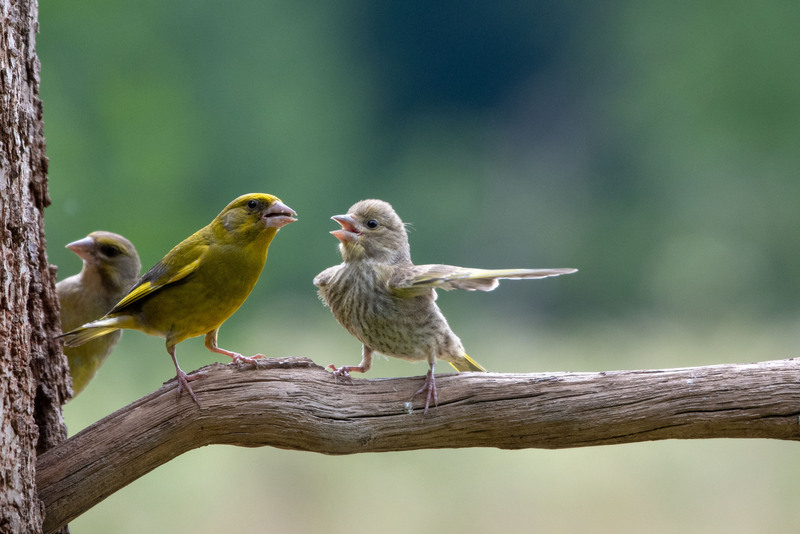
Here are ten unexpected examples of mutualism in wild animals, which show how animals work together to survive together.
In the African grasslands, cattle egrets often stand on the backs of buffaloes. These birds feed on insects, and when buffaloes move in the grass, they will disturb the hidden insects, and cattle egrets take the opportunity to prey; at the same time, they will peck at fleas and ticks on the buffaloes to reduce the burden on the buffaloes.
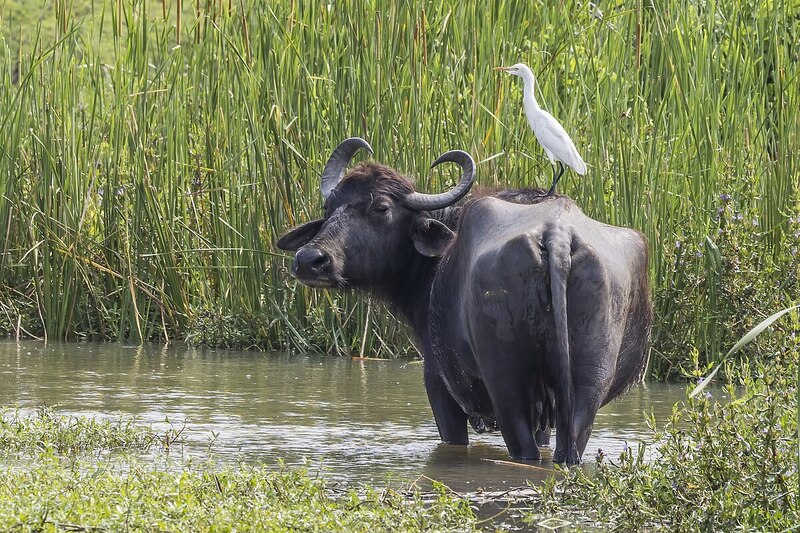
Even better, cattle egrets are extremely sensitive to danger and can issue early warnings to help buffaloes detect the approach of predators in advance.
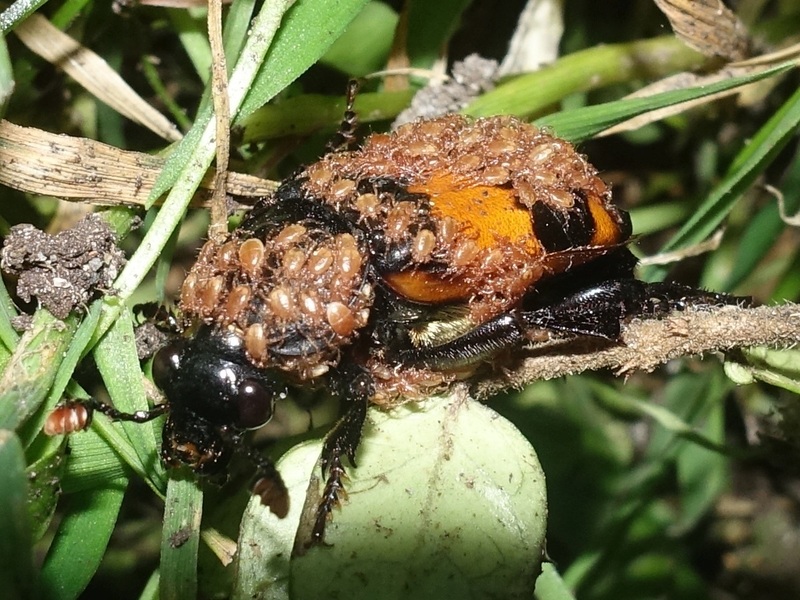
Carrion beetles feed exclusively on carrion. Not only do they eat it themselves, they also lay eggs on the carrion so that their larvae can also enjoy the "delicious food". But the problem is that carrion also attracts competition from other insects, and some fast-growing larvae will even eat the beetle's offspring.
To solve this problem, carrion beetles often "carry" mites with them. These mites will clean up eggs and larvae of non-native species, helping the beetle's offspring reduce competition, while they themselves get food and transportation.
Zebras and ostriches are both herbivores and targets of predators. Zebras have excellent eyesight but a poor sense of smell; ostriches, on the other hand, have a keen sense of smell but limited eyesight.
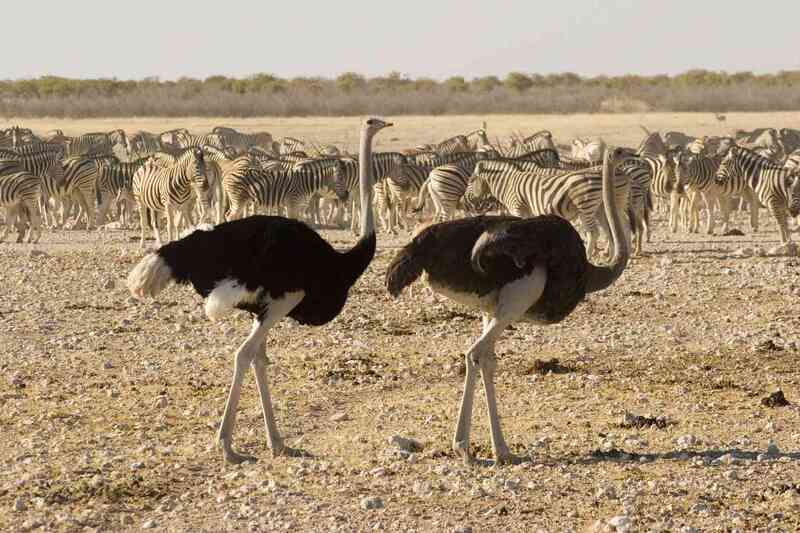
The two complement each other perfectly: zebras are responsible for "seeing" and ostriches are responsible for "smelling", and they work together to be alert and increase their chances of survival.
This seemingly "disparate" combination actually has a mystery. Columbian wolf spiders and buzzing frogs often live together in the same burrow. Wolf spiders provide frogs with shelter and leftovers, while the frogs feed on insects such as ants, indirectly protecting the wolf spider's eggs from harm.
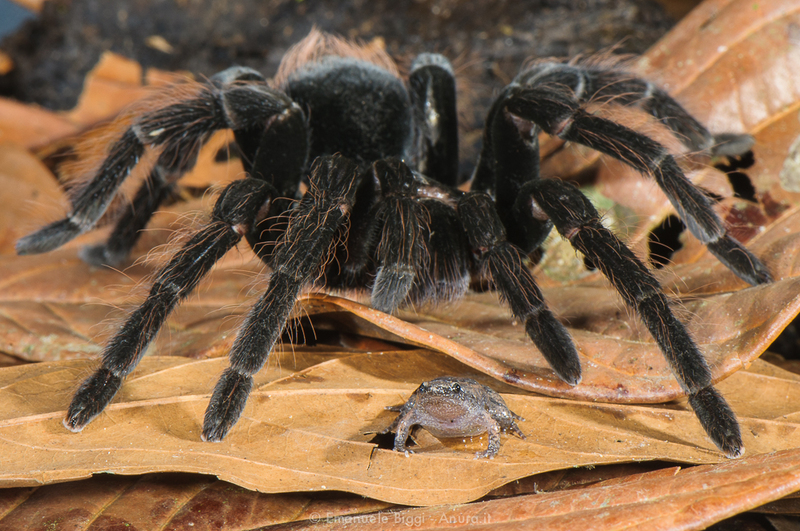
This mutually beneficial cooperation allows the two seemingly natural enemies to achieve true "peaceful coexistence".
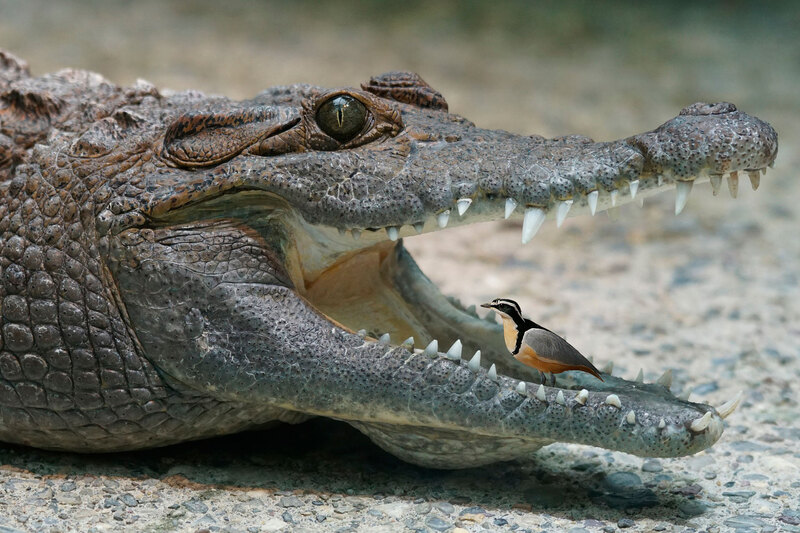
Can you imagine a small bird "working" in the open mouth of a crocodile? This is what plover does. They walk into the crocodile's mouth without fear and peck at the remaining meat scraps and parasites.
The reason why crocodiles are willing to cooperate is that this "tooth cleaning" service is vital to them-crocodile teeth are their key hunting tools, and keeping them clean can extend their service life.
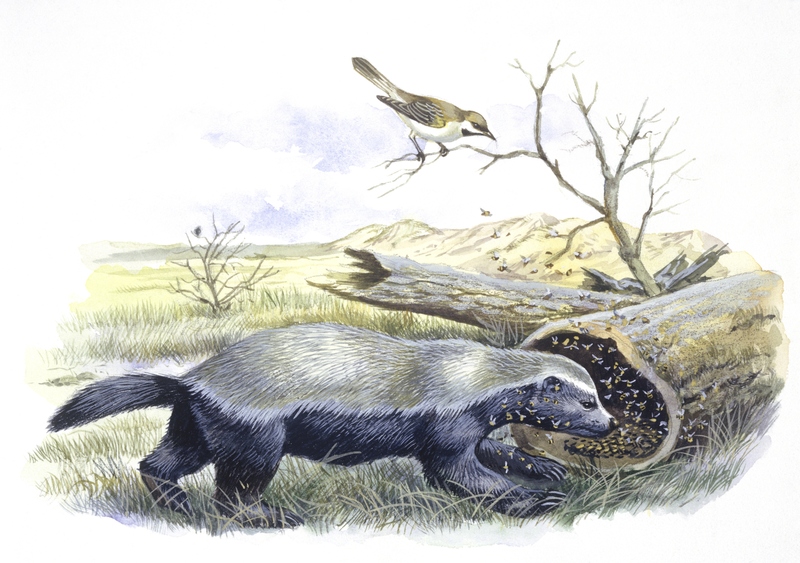
Honey guide birds love honey, but they cannot open the hive by themselves. So, they will "lead the way" to guide the honey badger to the hive. The honey badger is responsible for breaking the nest and taking the honey, and then the two will share this sweet meal.
This wonderful cross-species cooperation is a rare tacit understanding between birds and mammals.
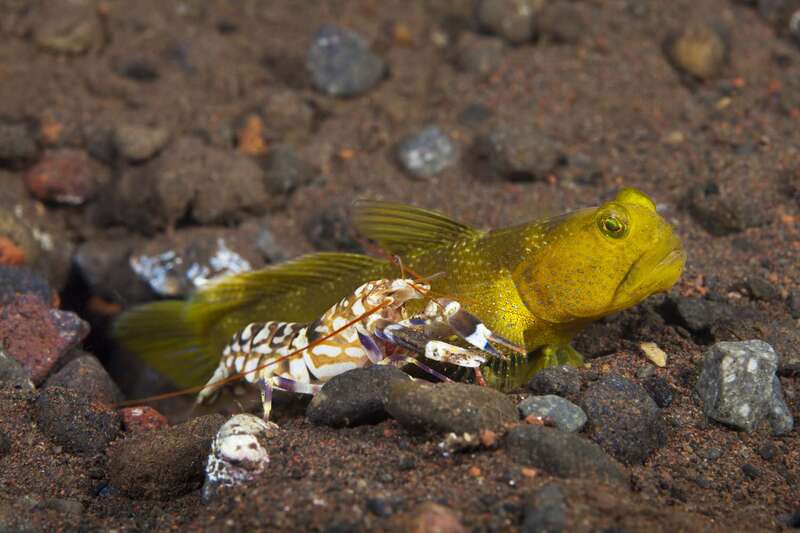
Pistol shrimp can generate strong water flow by closing its large claws at high speed to stun prey, but its eyesight is extremely poor. So, they will cooperate with gobies.
Gobies have excellent vision and act as "eyes", maintaining physical contact to signal danger. Pistol shrimps provide safe caves as a common shelter. This is the "sniper and scout" combination of the underwater world.
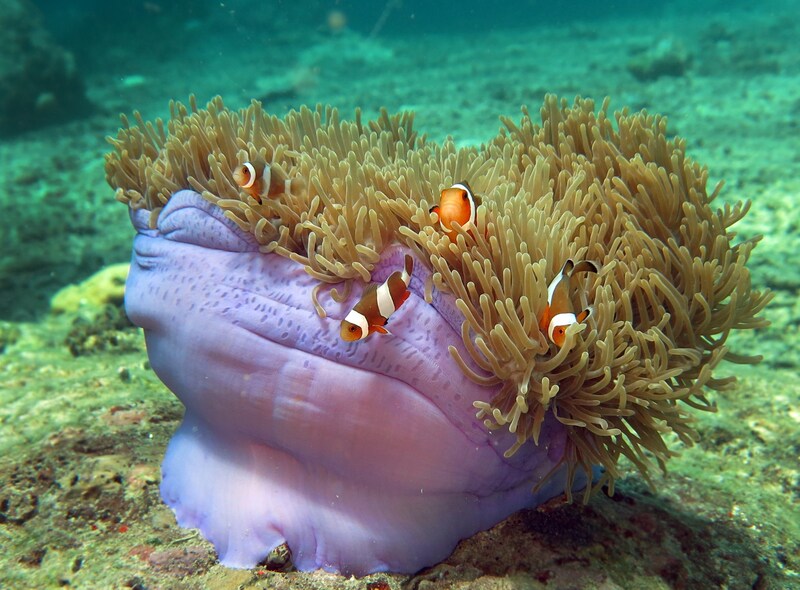
Clownfish live in anemones, and the tentacles of anemones that look dangerous are harmless to them. Clownfish secrete special mucus to protect themselves from attacks by stinging cells.
In return, clownfish help anemones clean up parasites, attract prey, and drive away the anemone's natural enemies such as butterfly fish.
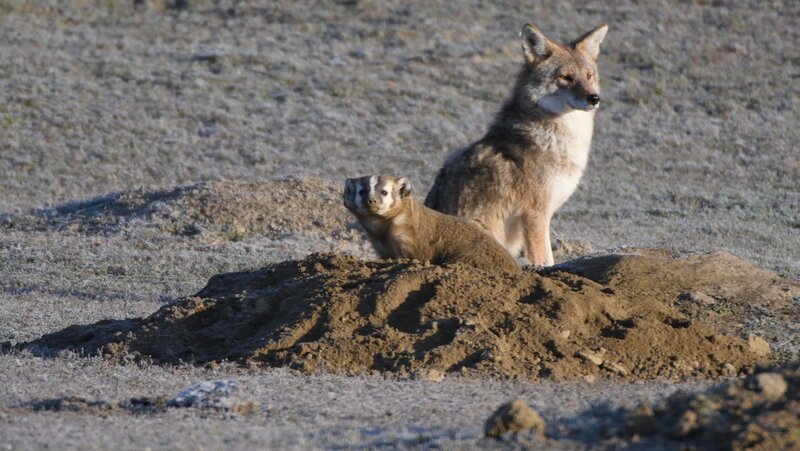
On the American prairie, coyotes and badgers occasionally form a hunting partnership. Coyotes are good at chasing ground prey, but they are helpless when the prey hides in underground caves.
At this time, badgers, who are good at digging, can come in handy. They will dig out the prey and share the spoils with the coyotes, and they work together seamlessly.
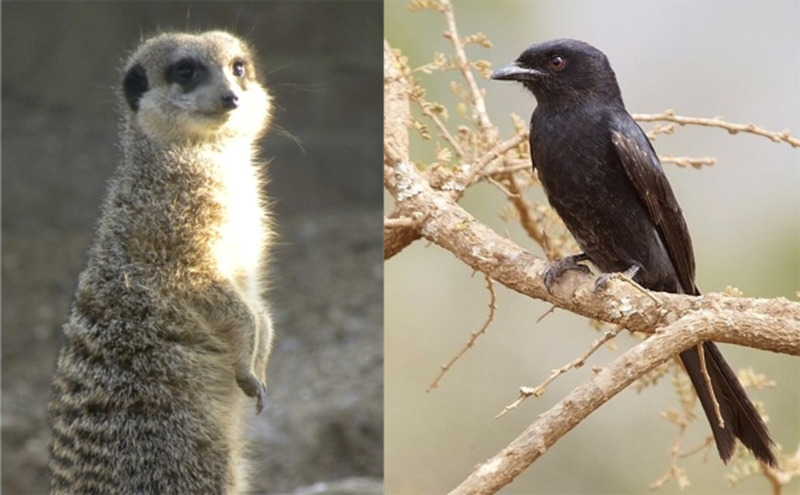
In some areas of Africa, drongos and mongooses have established a wonderful symbiotic relationship. The drongos are responsible for high-altitude vigilance. When they find danger, they sound the alarm, and the mongooses quickly flee, leaving their prey behind.
But the drongo is not always so "honest". Sometimes it will sound a false alarm and take the opportunity to eat the food dropped by the mongoose. This kind of "opportunistic" mutually beneficial relationship is also common in nature.
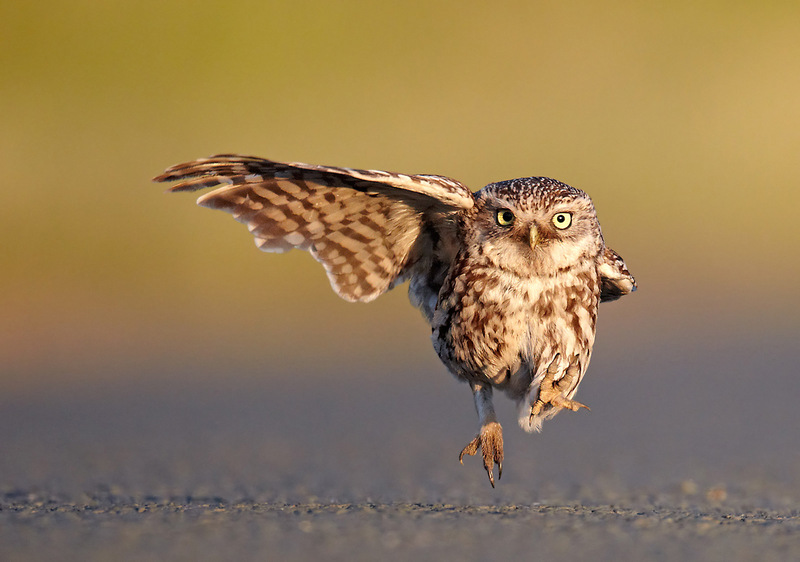
The interactions between these animals show that cooperation in nature is far more common and complex than we think. From cleaners to alarms, from hitchhikers to co-habitants, these symbiotic relationships reflect how organisms adapt to the environment and work together for survival with wisdom.
animal tags: symbiosis animal
We created this article in conjunction with AI technology, then made sure it was fact-checked and edited by a Animals Top editor.